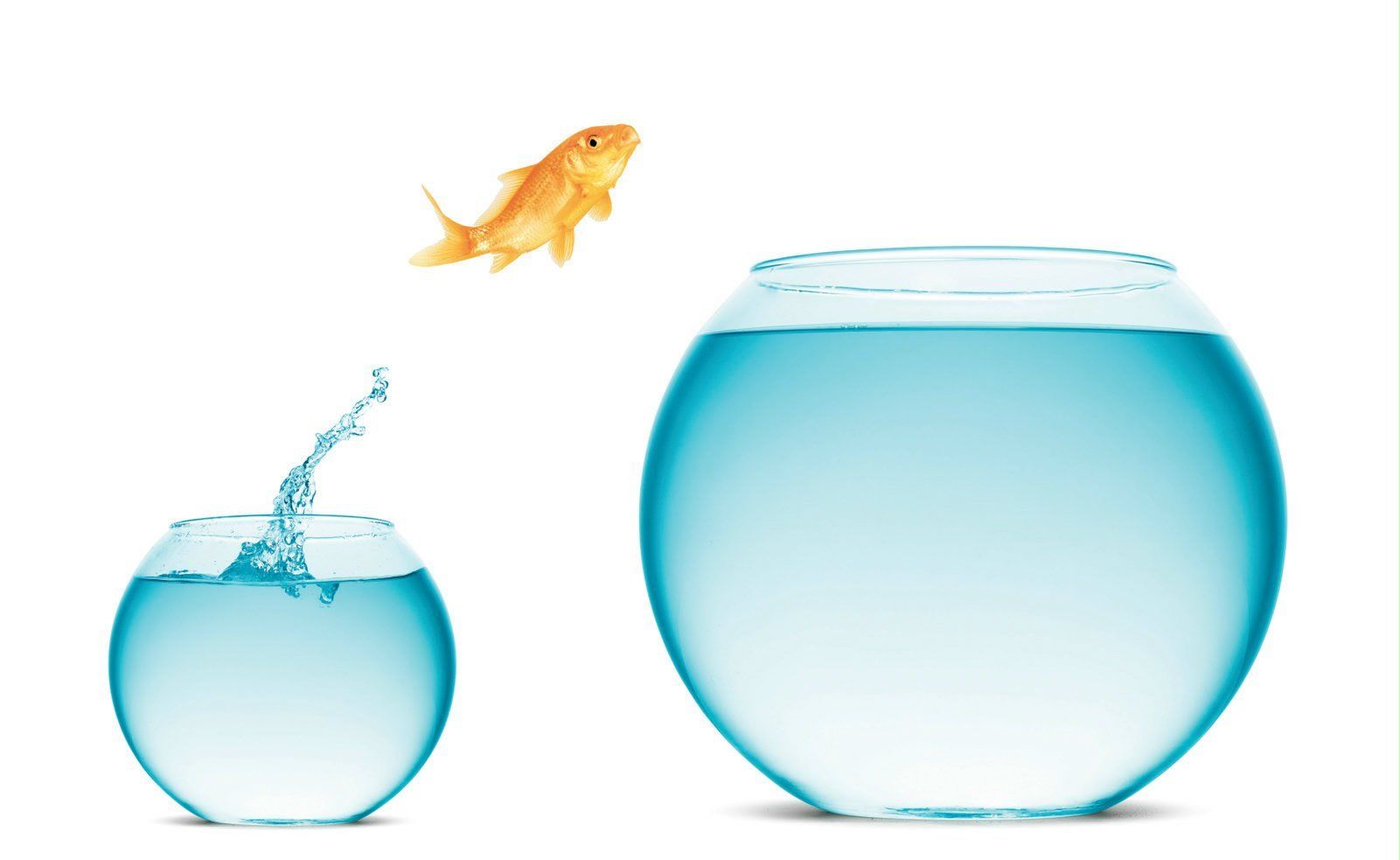Have you ever found yourself in a situation where you felt completely powerless? Perhaps it was at a family gathering when a loved one suddenly collapsed, or you witnessed a traumatic accident on the road. In those heart-stopping moments, panic can wash over you like a cold wave, and time seems to stretch interminably. But what if I told you that with the right training, you could become someone’s lifeline? Cardiopulmonary resuscitation (CPR) is not just a skill reserved for medical professionals; it’s a crucial tool that anyone can master. It could potentially mean the difference between life and death.
Consider this: nearly 350,000 out-of-hospital cardiac arrests occur every year in the United States, and tragically, only about 10% of those affected survive. Imagine being able to change those statistics. Learning CPR empowers you to act decisively in emergencies, turning the tide in dire situations. The knowledge that you could step in when it matters most offers a profound sense of purpose and an incredible peace of mind.
Embracing the Challenge: My Personal Journey
When I think back on my own journey, I still vividly remember the day I decided to enroll in a CPR course. It was a dreary Tuesday afternoon, and I felt a mix of anxiety and determination bubbling inside me. Although I had grown up around healthcare professionals and had some familiarity with first aid, I was eager to dive into the specific life-saving techniques that CPR entails.
The training was both illuminating and humbling. As I practiced chest compressions and rescue breaths on a mannequin, I couldn’t shake the weight of responsibility that came with this life-saving knowledge. It became clear that this wasn’t merely about executing a series of moves; it involved being ready to help when called upon. Can you picture standing by, fully aware of your ability to save a life, yet choosing to remain a passive observer?
Breaking Down the Myths
Despite the undeniable benefits of CPR training, many people still harbor misconceptions about its importance. “I’ll never be in that situation,” some might claim, dismissing the training as unnecessary. Others feel that CPR is an intricate process, exclusive to medical experts. But here’s the reality: understanding and performing CPR is far more accessible than many realize.
By dispelling these myths, we empower ourselves and those around us. Imagine walking into a room filled with friends and family, brimming with confidence in your ability to assist should the need arise. It’s not just about knowing what to do; it’s about fostering a culture that prioritizes preparedness and responsiveness.
The Ripple Effects of Learning CPR
Think of CPR training as tossing a pebble into a pond—the ripples expand far beyond that first splash. When you learn CPR, you’re not just acquiring a skill; you’re helping to build a supportive network. Each person trained boosts the likelihood that someone can respond effectively in a crisis. Your commitment to learning may inspire others to take the leap as well, creating a community of prepared responders.
Furthermore, consider the emotional benefits that come with being trained. It not only bolsters your confidence but also fosters a sense of belonging within your community. You might find yourself engaging in meaningful dialogues about health and safety, sparking a chain reaction of awareness and learning. What if your willingness to lead by example encourages your workplace, neighborhood, or circle of friends to embrace this essential training?
Steps to Get Started
If you’re ready to take that leap and enroll in a CPR course, you may be wondering where to begin. It’s simpler than you think! Numerous organizations, such as the American Red Cross and the American Heart Association, offer training sessions that cater to various schedules—ranging from in-person classes to online blended learning. Want to learn more about the subject? HLR utbildning skåne, filled with worthwhile and supplementary data that will improve your comprehension of the subject addressed.
Remember, every heartbeat counts, and your choice to become CPR trained could make all the difference for someone in need. So, what’s stopping you? The opportunity to save a life is within your reach—embrace it!
Find more information in the related links we have prepared:



